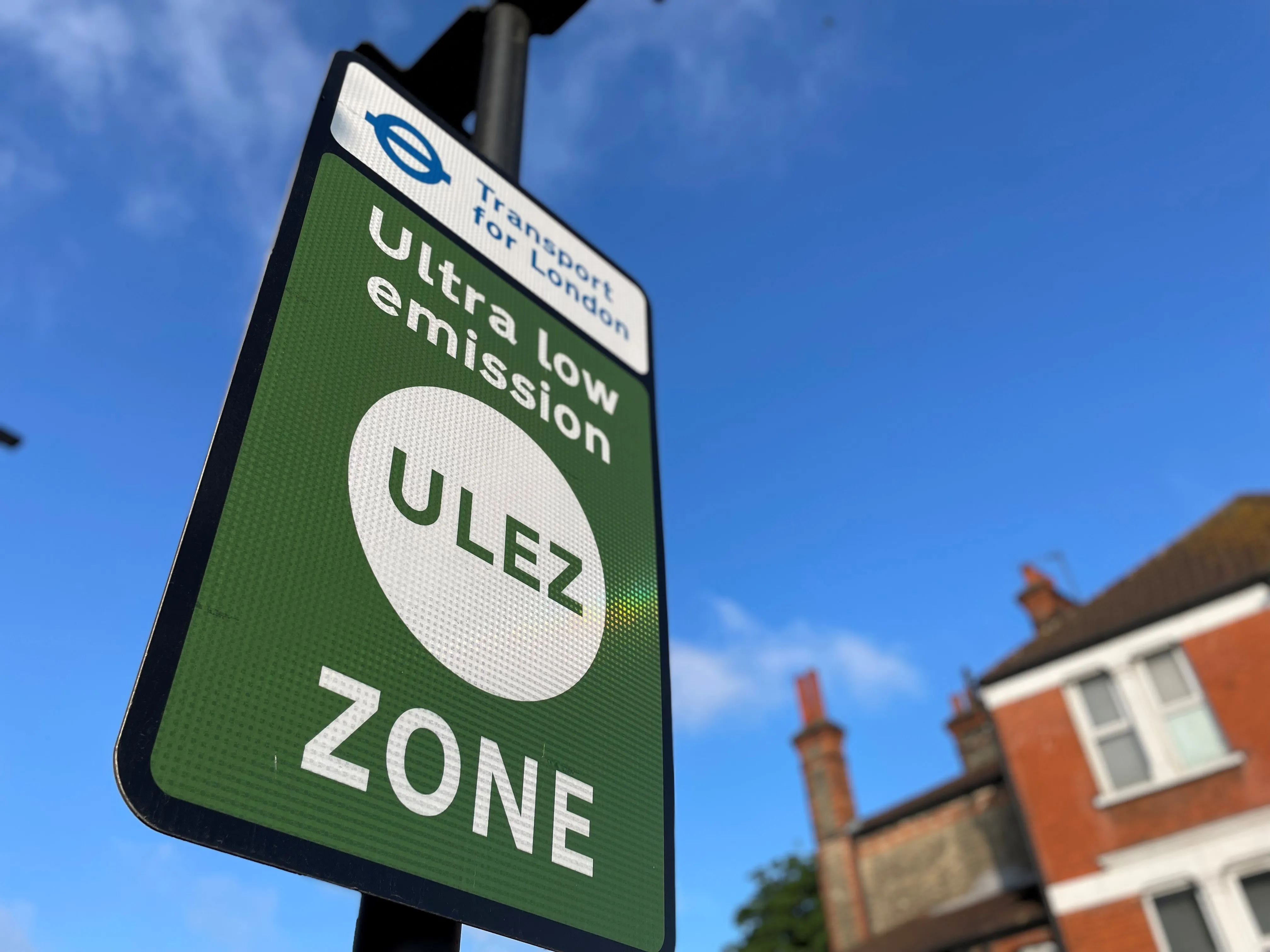Lufft USA’s new high quality WMO-compliant weather sensor, the WS3000, part of the company’s new WS1000 series, measures air temperature, relative humidity and air pressure. Relative humidity is measured by means of a heated capacitive sensor element; a precision PT100 measuring element is used to measure air temperature.
March 10, 2016
Read time: 1 min

Relative humidity is measured by means of a heated capacitive sensor element; a precision PT100 measuring element is used to measure air temperature. A resonant pressure transducer is employed for precise pressure measurement. Measurement output can be accessed by UMB-Binary, UMB-ASCII, SDI-12, MODBUS and NMEA protocols.









